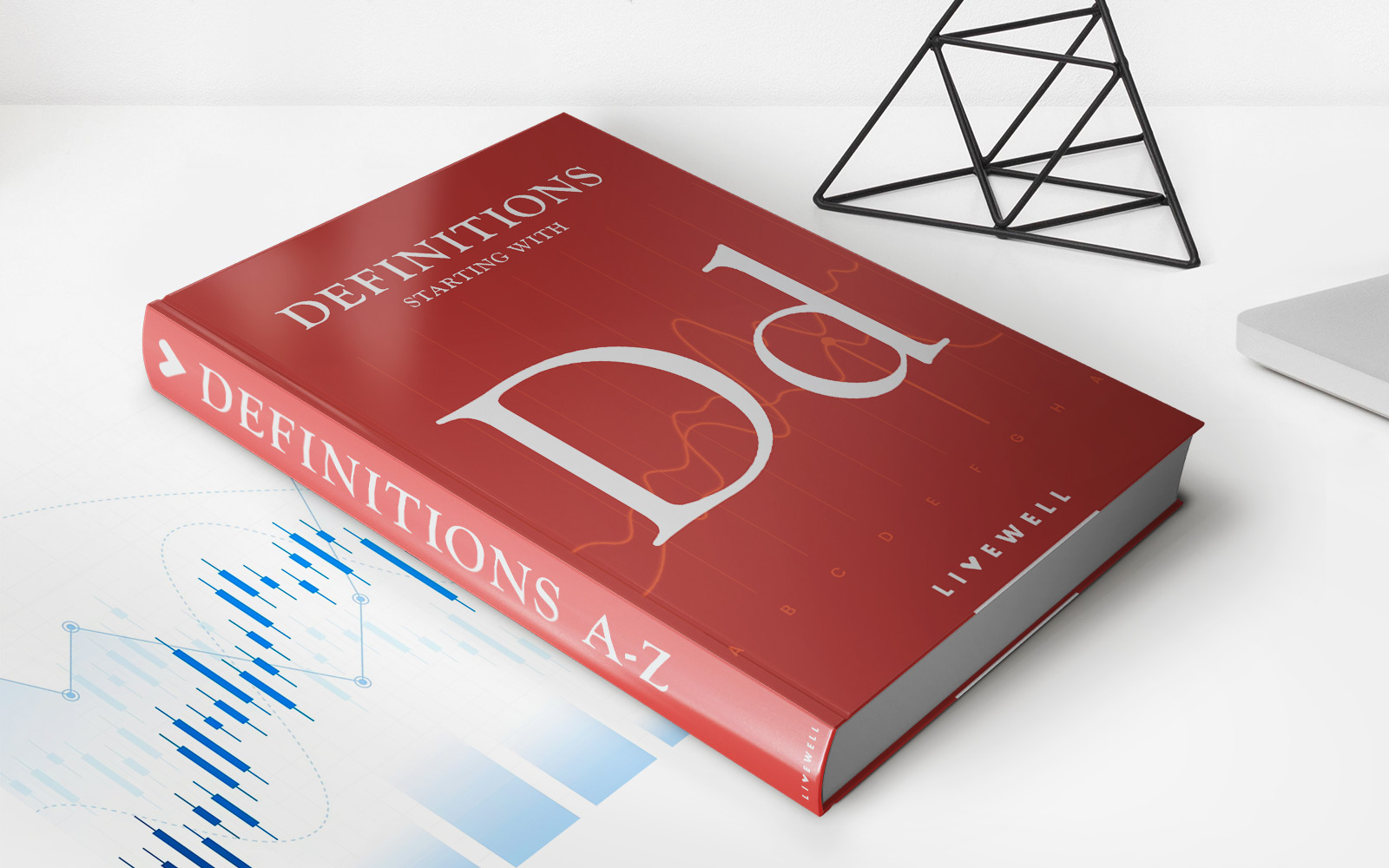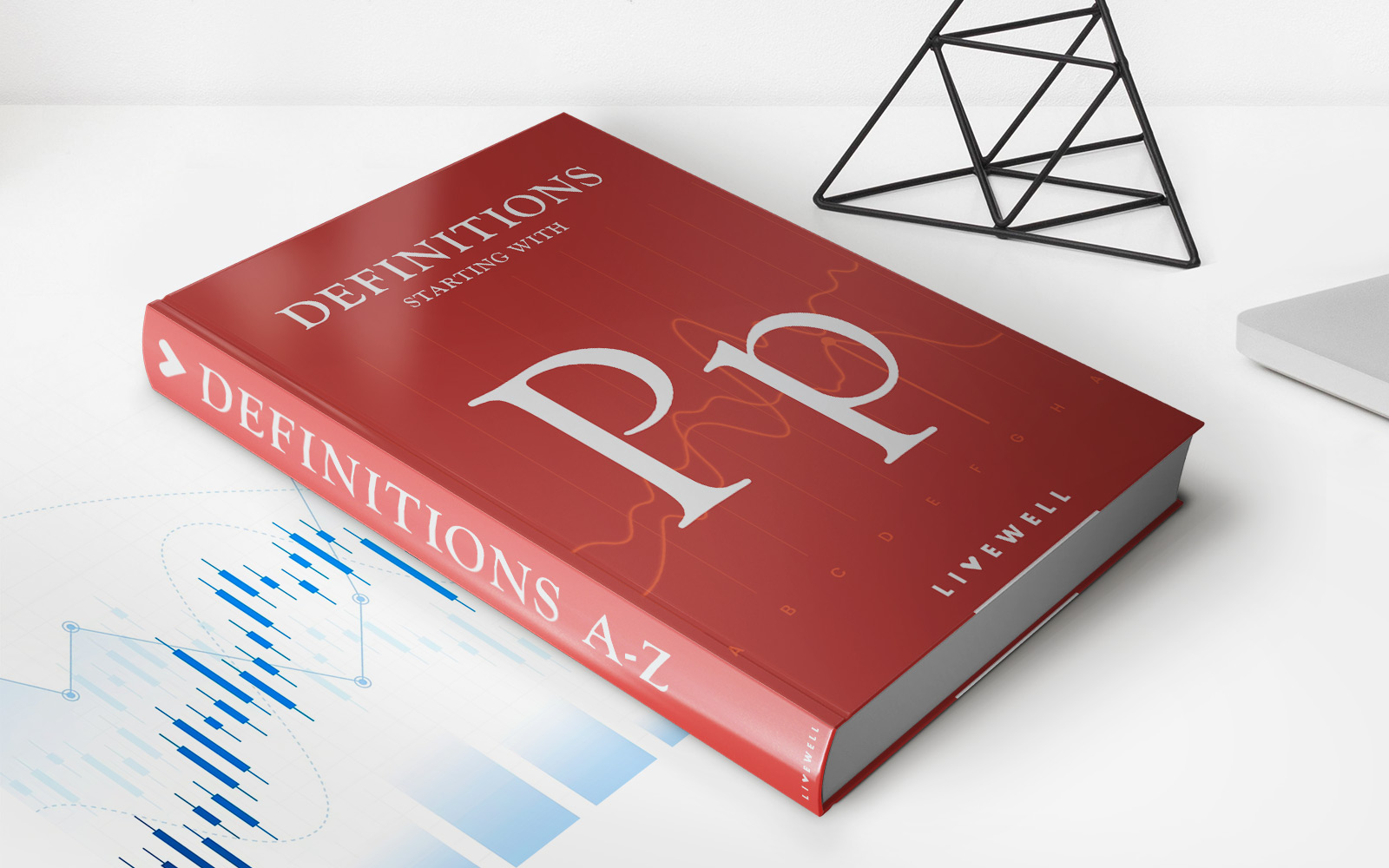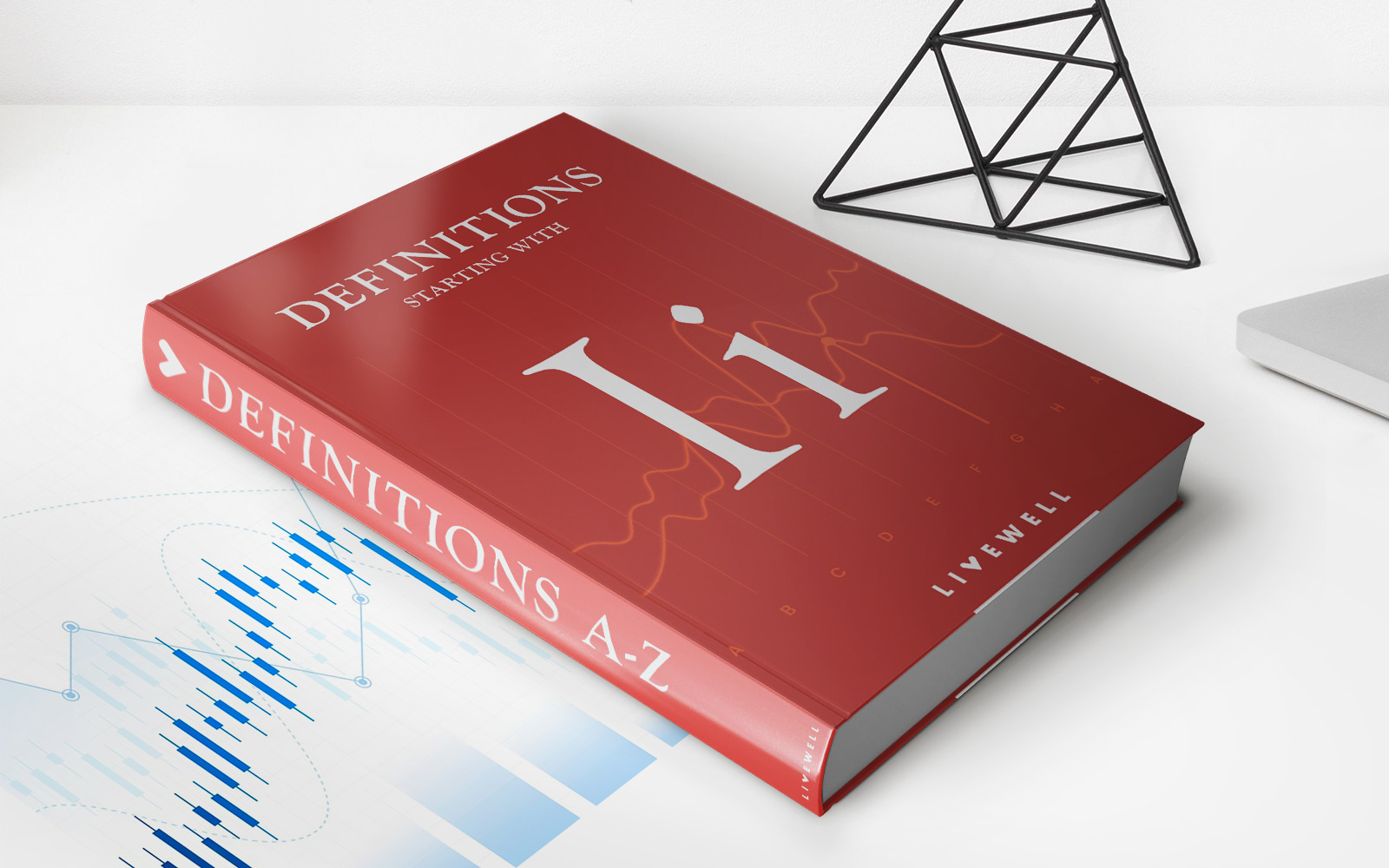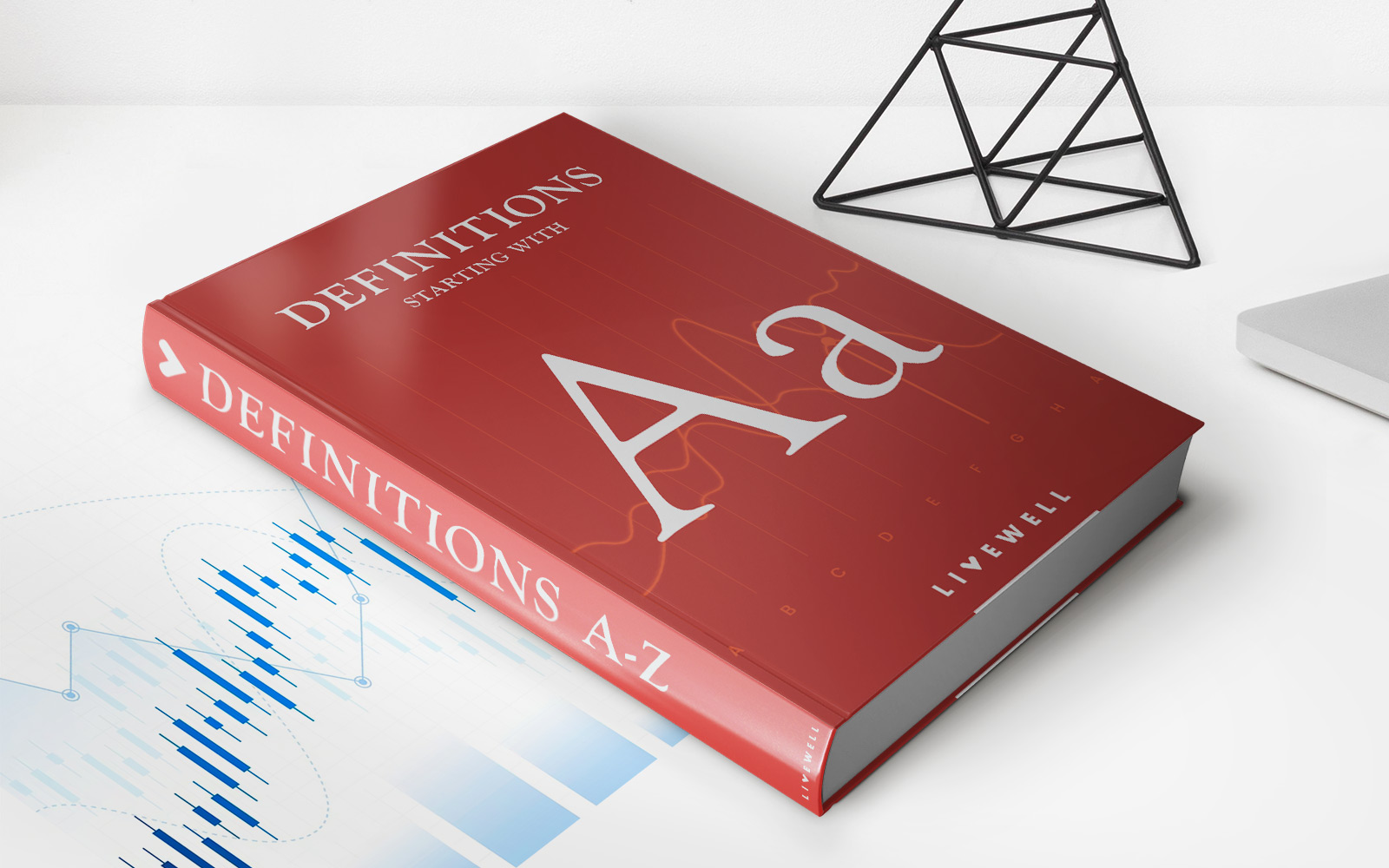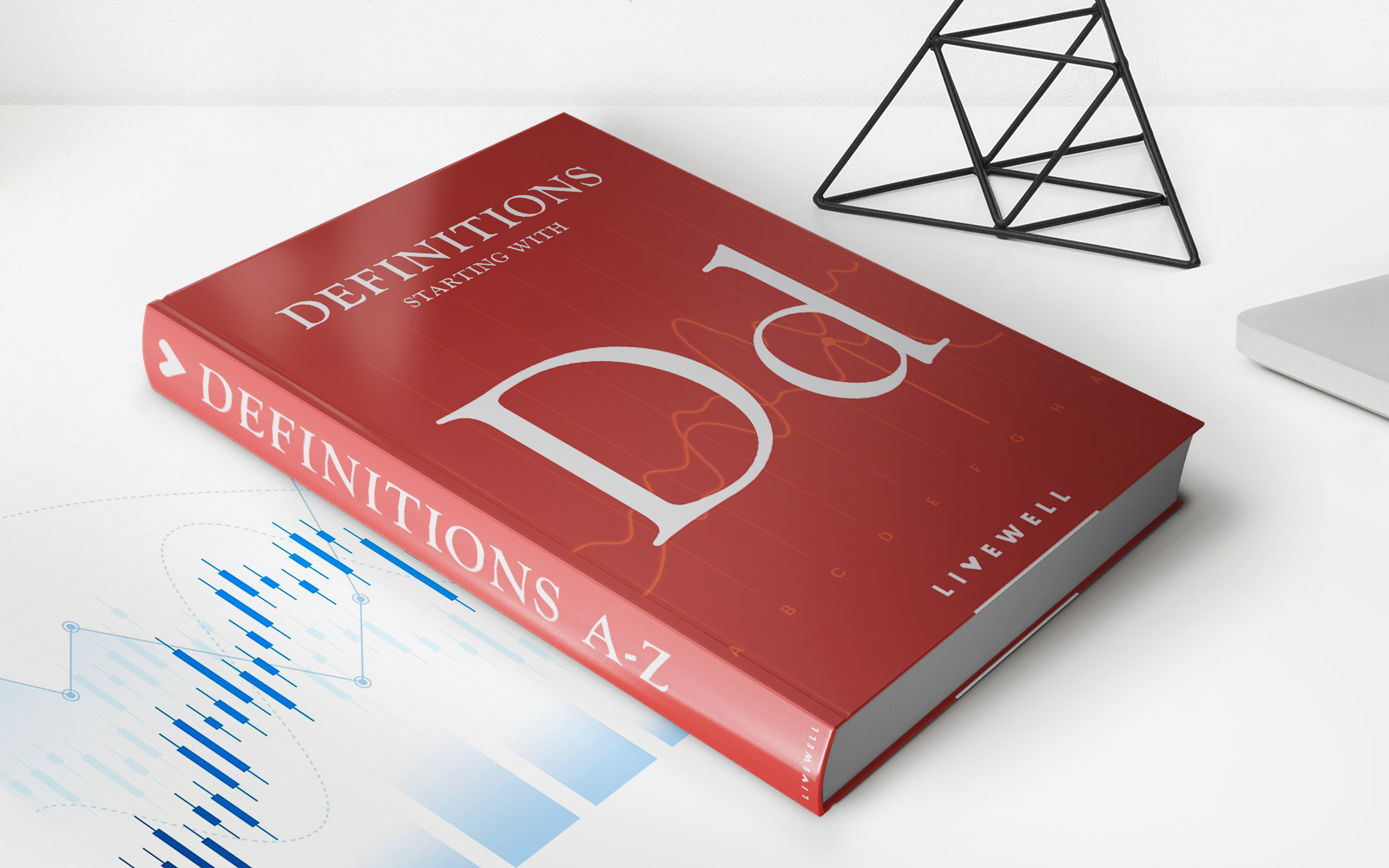Home>Finance>Financial Institutions And Prudential Policy (FIPP) Unit Definition


Finance
Financial Institutions And Prudential Policy (FIPP) Unit Definition
Published: November 24, 2023
Discover the definition and importance of the Financial Institutions and Prudential Policy (FIPP) Unit in the realm of finance. Ensure the stability and security of financial institutions with effective prudential policies.
(Many of the links in this article redirect to a specific reviewed product. Your purchase of these products through affiliate links helps to generate commission for LiveWell, at no extra cost. Learn more)
Understanding Financial Institutions and Prudential Policy (FIPP) Units
When it comes to navigating the complex world of finance, it’s essential to be familiar with the key components that regulate and ensure the stability of financial institutions. One crucial aspect of this is the Financial Institutions and Prudential Policy (FIPP) units. In this blog post, we will delve into what FIPP units are, their role in the financial sector, and why they matter.
Key Takeaways:
- Financial Institutions and Prudential Policy (FIPP) units are specialized regulatory bodies that oversee financial organizations and their adherence to prudential policies.
- FIPP units play a crucial role in maintaining the stability of the financial sector by monitoring and regulating the behavior of financial institutions and ensuring their compliance with prudential guidelines.
So, what exactly are FIPP units? FIPP units, also known as prudential units, are specialized divisions within regulatory authorities or central banks that are dedicated to supervising and enforcing prudential policies for financial institutions. These policies are designed to safeguard the integrity and stability of the financial system, mitigate risks, and protect depositor and investor interests.
Financial institutions are subject to various regulations and guidelines that may differ depending on their size, complexity, and risk profile. This is where FIPP units come into play. They are responsible for developing, implementing, and monitoring prudential policies specific to different types of financial institutions, such as banks, insurance companies, and investment firms.
Some of the key functions performed by FIPP units include:
- Evaluating the financial health and risk exposures of financial institutions.
- Setting and enforcing minimum capital requirements to ensure institutions have sufficient buffers to absorb potential losses.
- Supervising liquidity risks and setting liquidity requirements.
- Conducting stress tests and scenario analyses to assess the resilience of financial institutions to adverse economic conditions.
- Monitoring compliance with anti-money laundering and anti-terrorism financing measures.
By regulating financial institutions and enforcing prudential policies, FIPP units aim to create a secure and transparent financial system that benefits both institutions and consumers. These units play a critical role in preventing financial crises, enhancing the trust and confidence of investors and depositors, and maintaining the overall stability of the economy.
In conclusion, Financial Institutions and Prudential Policy (FIPP) units are vital components of the regulatory framework in the financial sector. Their role in overseeing and regulating financial institutions ensures the stability and integrity of the financial system while protecting the interests of depositors, investors, and the economy as a whole. By understanding the significance of FIPP units, individuals can gain valuable insights into the workings of the finance industry.
